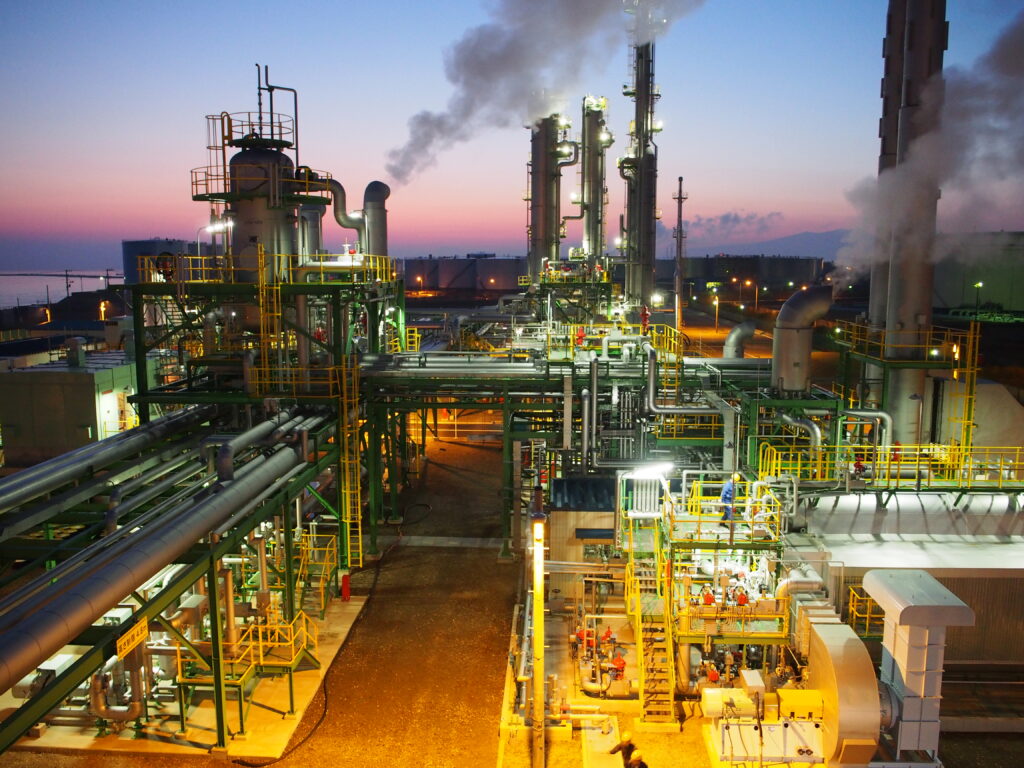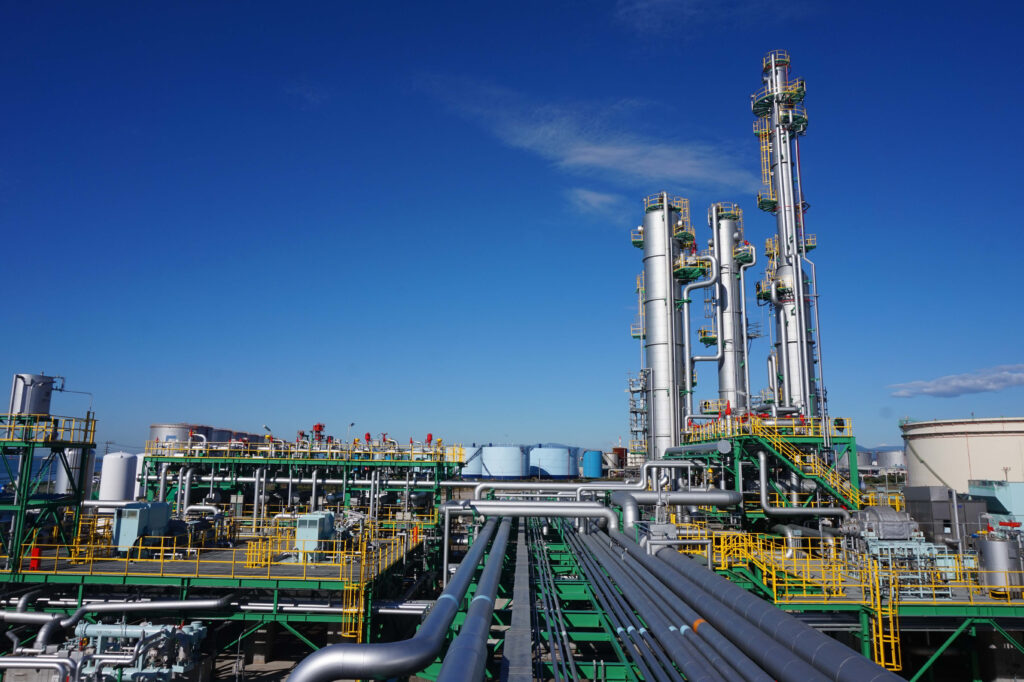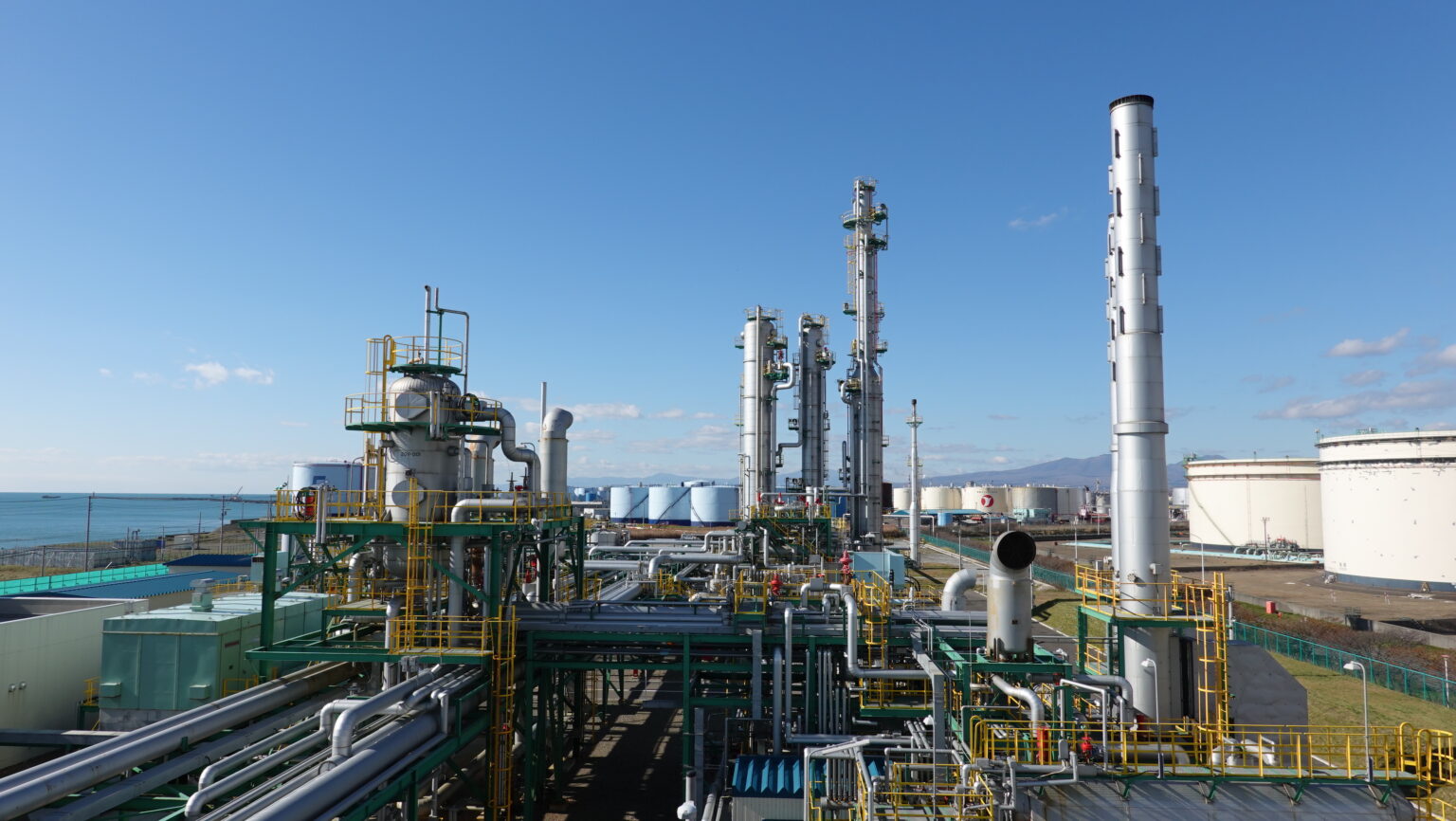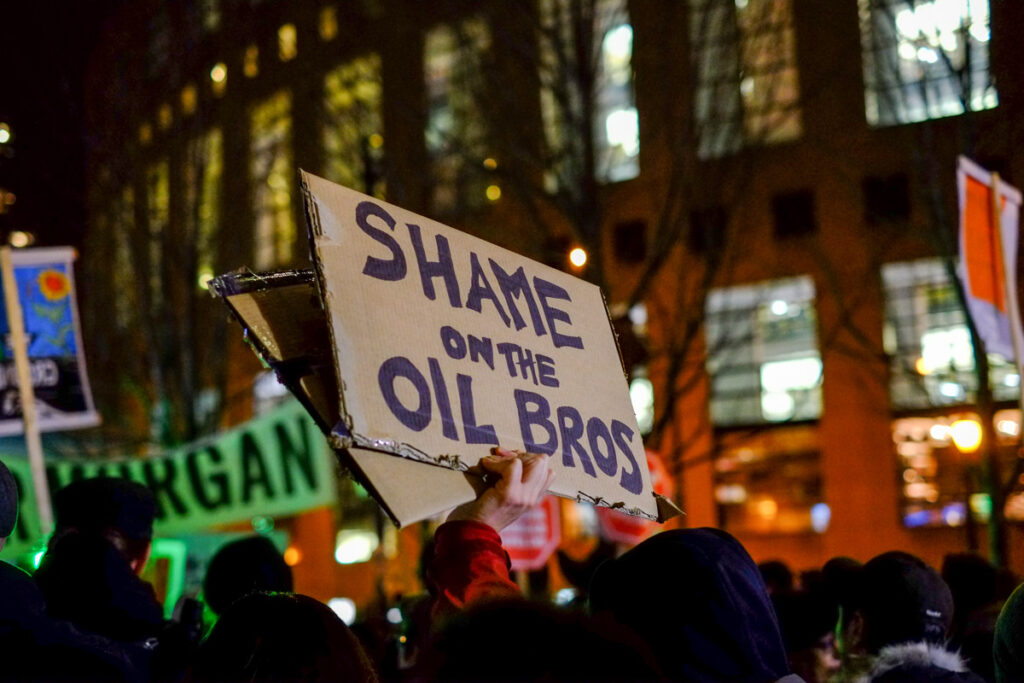Tomakomai, Japan’s government-funded carbon capture and storage (CCS) project in Hokkaido, is considered the cornerstone of the nation’s push to make CCS part of Asia’s energy future. But behind the plant’s shiny facade is a worrying reality — experts say that CCS’s success in mitigating climate change is still unproven and could, in fact, harm regional decarbonization while continuing fossil fuel use.
Some of the world’s largest oil and gas companies, including Exxon-Mobil and Saudi Aramco, are backing this CCS push, along with major fossil fuel companies in Japan. The risk in promoting CCS solutions is that Asia, which has had massive growth in coal, natural gas, and oil consumption over the past two decades, has failed to decarbonize relative to that growth. CCS’s false promises distract from proven alternatives, like solar and wind.
“One problem with the government’s plans is that CCS has limited effectiveness, and it’s quite expensive,” Ayumi Fukakusa, deputy executive director at the nonprofit Friends of the Earth (FoE) Japan, told DeSmog. “We can’t rely so much on unproven technologies.”
For years, proponents have argued that CCS is essential to decarbonizing steel, cement, and thermal power plants. Between 2016 and 2019, Japanese officials say the Tomakomai project captured 300,000 tons of C02, storing it in an offshore rock bed using existing technology from the oil and gas industry.
Subscribe to our newsletter
Stay up to date with DeSmog news and alerts
“The entire CCS value chain, from capture to injection to storage, can be seen at this location,” Jiro Tanaka, a geologist with Japan CCS, who regularly leads tours of the project, told DeSmog during a site visit. “Moreover, because it’s a combination of existing, proven technology, this shows, I believe, that CCS will have a very positive role in the future for tackling climate change.”
At events, including the Asia Zero Emission Community gathering, ASEAN Sustainable Energy Week, the G7, the Japan-EU Summit, and even at annual COP climate events, the Japanese government and corporate officials mention the Tomakomai project as a model for Asia and the world. The government-owned Japan CCS Co., Ltd, which maintains the plant, regularly welcomes Asia-based journalists, energy experts, and policymakers from around the world to the site to showcase CCS’s decarbonization potential. The company has also helped publish numerous academic reports, including a recent study from the Japanese-government-backed Institute for Energy Economics, which argued that CCS is “crucial in curbing emission-reduction costs.”
“[Tomakomai] is the only successfully conducted CCS [plant] with offshore, subsurface CO2 storage in Asia,” Daiji Tanase, associate general manager at Japan CCS, told DeSmog. “It’s a very popular place to visit for experts from the region, including many from Southeast Asia.”
The campaign has worked. Despite a history of failure in North America and Europe, CCS projects are all the rage in Asia. Across the continent, which accounts for about half of all fossil fuel consumption and greenhouse gas emissions, governments are adding CCS to national energy and decarbonization strategies. Indonesia and Malaysia are pushing forward on plans to expand CCS in depleted oil and gas fields, and alongside existing coal plants. China has dozens of CCS projects planned across the country, and India is preparing to release a CCS policy next year.
But experts say recreating Tomakomai elsewhere in Japan, or Asia, could be both technologically and financially prohibitive, with potentially harmful impacts for the climate.
“It worries me,” Grant Hauber, an energy finance advisor at the nonprofit Institute for Energy Economics and Financial Analysis, told DeSmog. “The amount of money that Japan and companies backed by the government are waving in front of other Asian countries could derail, delay, and distract from their decarbonization plans, and limit the expansion of proven technologies like wind, solar, and energy storage.”

Big Expansion Plans
In 2023, the Japanese government announced the next phase of its CCS drive, selecting seven large-scale hubs that could commercially start storing CO2 by 2030.
Several of Japan’s largest fossil fuel industrial companies are involved, many of which are active players in global oil and gas exploration. The main companies involved in these projects, Mitsubishi Heavy Industries, Idemitsu, Itochu, Itochu, J-Power, and JX Nippon Oil and Gas, declined or did not respond to requests for comments.
INPEX, Japan’s largest oil and gas exploration and production company, stated, “CCS is a technology that can substantially reduce carbon dioxide emissions,” and the technology is “expected to be a promising means of CO2 reduction.”
The Japan Organization for Metals and Energy Security, or JOGMEC, the government agency leading the CCS drive, declined to respond to a request for comment.
The Tomakomai demonstration project has direct links to Japan’s broader CCS plans. Tanase said Japan CCS will use experience gained through running the project to operating seven additional projects under consideration by the government.
But Fukakusa questions just how relevant the Hokkaido project is.
“Tomakomai is in many ways an ideal situation, capturing CO2 and storing it nearby,” Fukakusa said. “What they are proposing with the hubs is totally different.”
While specific details are lacking, the projects are all large-scale. Some will rely on pipelines to transport CO2, which may prove challenging to construct due to Japan’s mountainous, densely populated geography. Others will rely on CO2 transport by ship, though no such infrastructure – CO2 ports, coastal storage, or commercial vessels – yet exists in Japan. Japan also aims to build CO2 hubs in Indonesia and Malaysia, where companies see depleted oil and gas fields as potential storage sites for captured CO2.
Like Hauber, environmentalists in Asian countries watching the Japan-led CCS plans grow are worried about the impact on their nations’ energy transition.
“Why do we spend so much money for a technology that is unproven, risky, and will prolong the life of fossil fuels while we [already] have better technology, which is renewables?” said Sisilia Dewi, 350.org‘s Asia managing director, who is concerned about the spread of pro-CCS messaging in the region.
CCS’s Long-awaited Promise
If this feels like deja-vu, it’s because in many ways, it is. For decades, fossil fuel companies have been touting CCS as a solution to “cleaning up” emissions from power plants and industrial factories, like steel and cement production. Yet, despite decades of research and billions in investment, only a few CCS plants that do not increase oil and gas recovery are operating around the world, and many don’t capture or store CO2 as cheaply or efficiently as planned.

“No technology has lived up to its advertised capture rate,” Hauber said. “When you hear it from governments, or oil and gas companies, they say they can capture 90 to 95 percent of CO2, but our research shows it’s more like 50 percent. That’s a problem.”
Hauber cautions against believing projections of lower CCS costs in the future. In 2008, Japan released a low-carbon action plan, which spawned the initial plan for the Tomakomai Demonstration plant. In that plan, scientists projected that by 2020, the cost for CCS plants to capture CO2 would fall to around $10 per ton of CO2. Today, the cost to capture CO2 is still much higher than that projection, at around $100 to $180 per ton of CO2. The ultimate goal — CCS plants that can operate commercially, without subsidies or other financial support — remains a distant dream.
“That failure really shows that CCS is costly, and technically difficult to be commercialized,” said FoE Japan’s Fukakusa. “There’s still no concrete proposal to reduce the cost.”
Fukakusa is skeptical that any of Japan’s planned CCS projects will be ready by 2030. FoE Japan sees the push as an effort to continue burning fossil fuels, noting the role that Japanese and international oil and gas companies, including ExxonMobil, Saudi Aramco, and Chevron, are playing as they look to expand CCS in Southeast Asia and Australia.
“Japanese energy policy is still quite dependent on fossil fuels, especially coal and gas, and the reason why [experts are advocating for] CCS is to keep using fossil fuels,” Fukakusa noted.
Alternatives Are Better
According to Hauber, CCS is just one piece of Japan’s energy puzzle, which is full of worrying solutions. The Japanese government is supporting a new ammonia co-firing pilot that was just launched at the Hekinan coal-fired power plant in Aichi, near Nagoya. Japan is also backing co-firing ammonia with coal, which has limited climate benefits. Hauber also sees the country’s hydrogen plan, which relies heavily on so-called blue hydrogen, derived from fossil gas but with emissions captured by CCS, as problematic.
“Japan is making multiple bets on highly speculative technologies, such as CCS, ammonia co-firing, and remote disposal of carbon,” said Hauber. “They are gambling with the 2030 and 2050 Paris targets on unproven technologies that are high risk and high cost, but [that] allow them to continue on a high fossil fuel consumption pathway.”
Japan has alternatives – its solar industry has boomed in recent years, and it now gets more than 11 percent of its electricity from the sun, more than China or the United States. Hauber and Fukakusa noted that, combined with the country’s huge offshore wind potential, and lower costs for battery storage, renewable technologies could displace fossil fuel use, with green hydrogen perhaps playing a role in energy-intensive industrial sectors.
Experts say it is hard to see how CCS could compete with the rapidly falling costs of solar, wind, and energy storage. Instead, Fukakusa worries the focus on this costly, unproven solution will only hurt the country economically.
“If the government keeps subsidizing or supporting CCS, Japan will lose out financially,” said Fukakusa. “What we really need is to phase out fossil fuels and support renewable energy and other proven solutions.”
Subscribe to our newsletter
Stay up to date with DeSmog news and alerts







